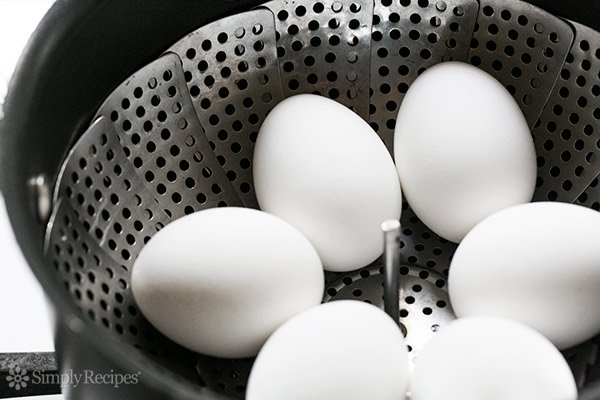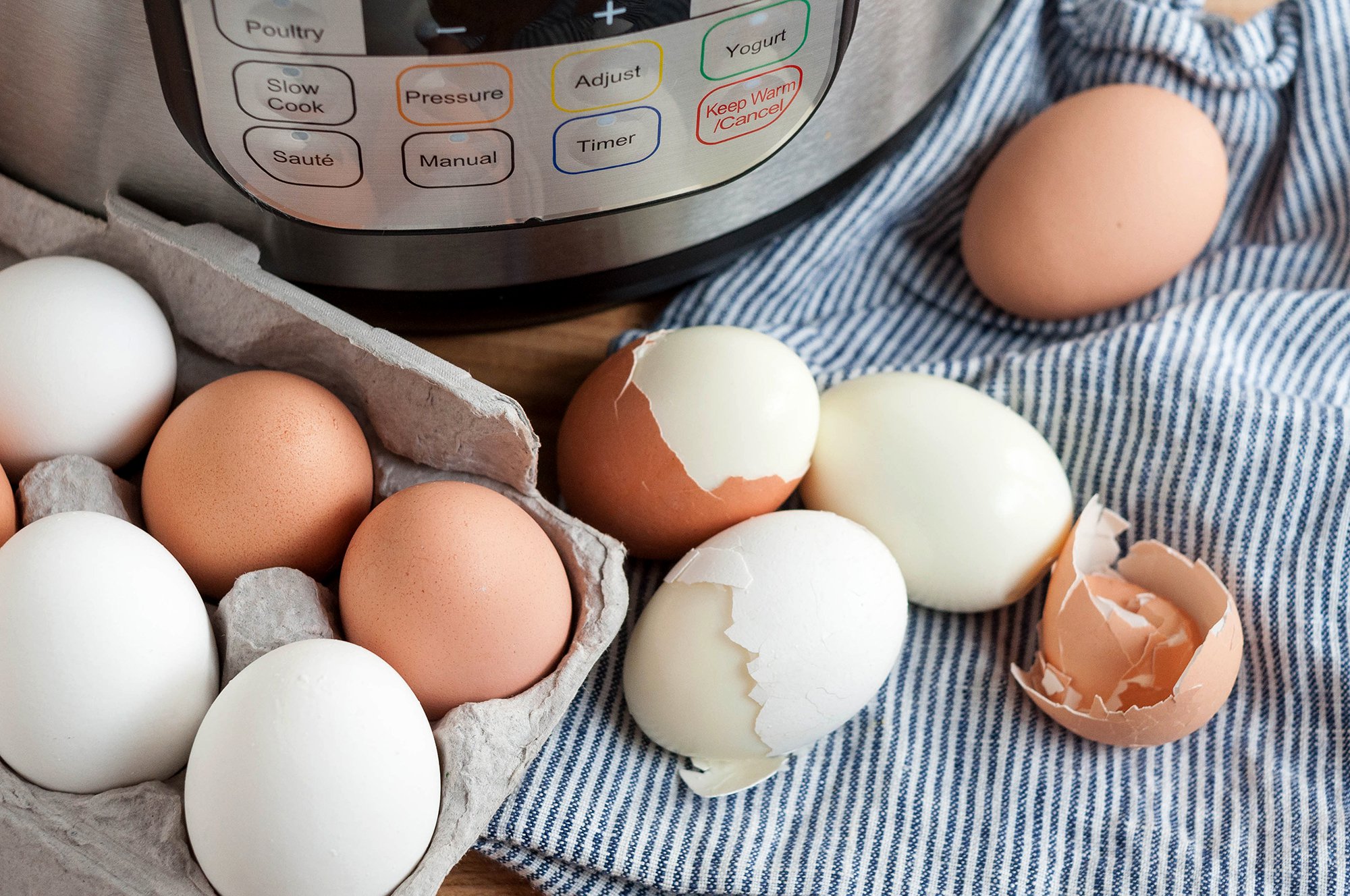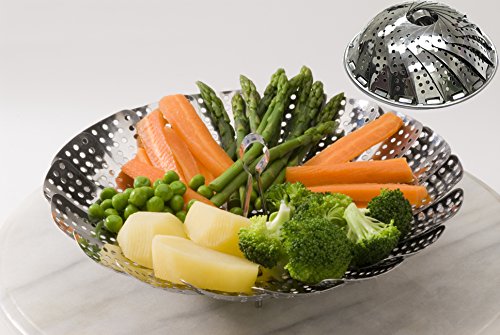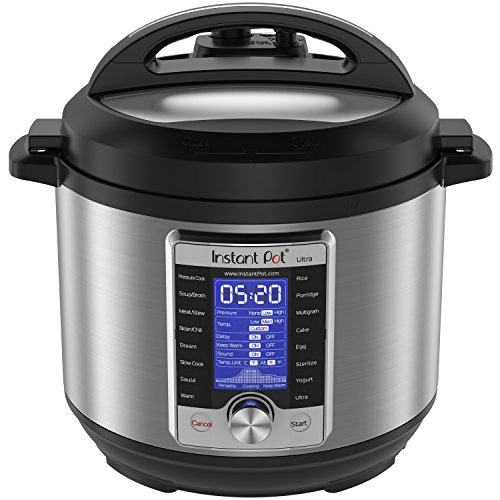Perfect, easily-peeled hard boiled eggs can be surprisingly tricky to pull off, especially when you need to make a big batch for Easter or a summer potluck. Here are three different ways that we’ve found give us consistent results, every time. Pick one to try the next time you need hard boiled eggs!
Print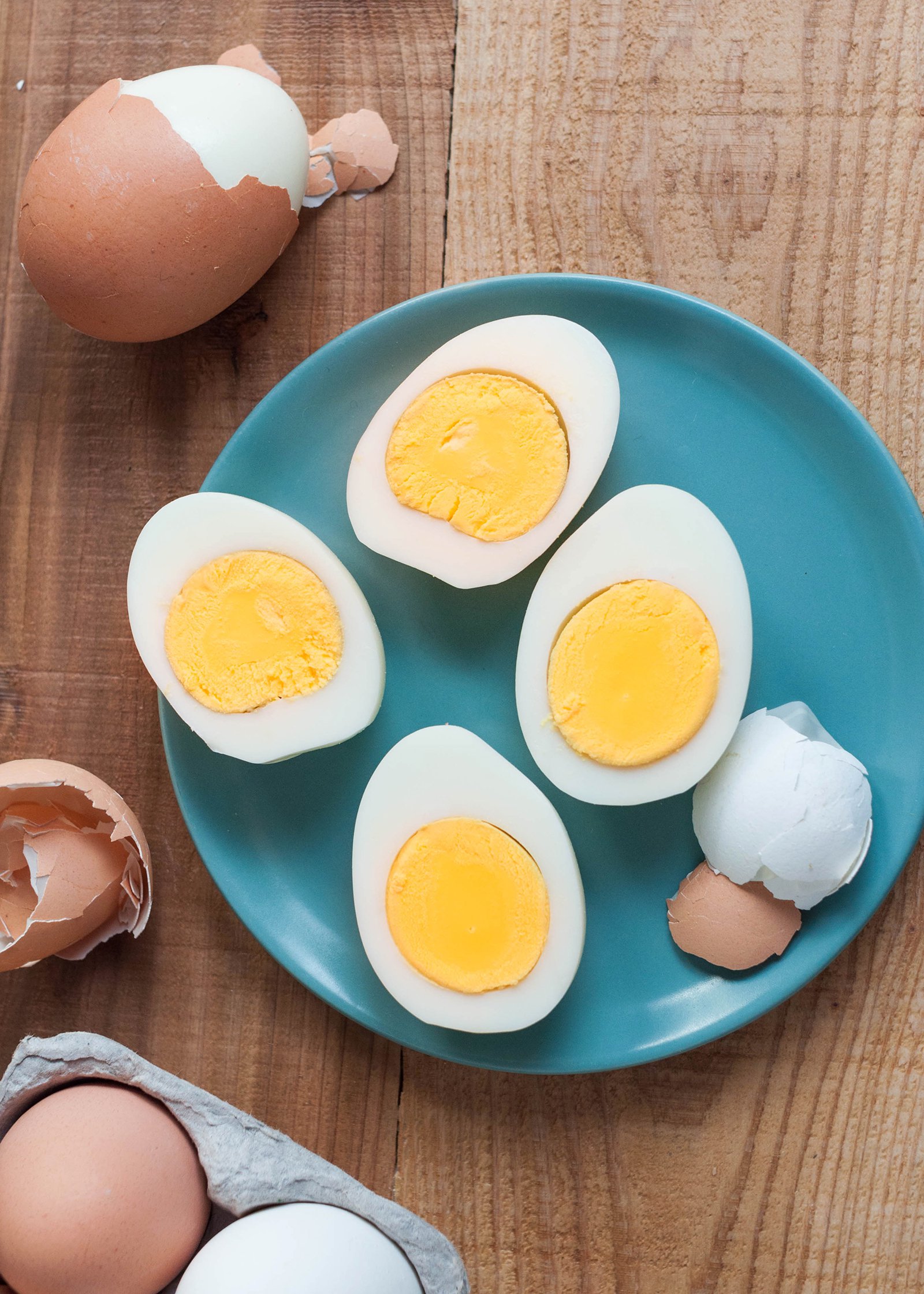
Photography Credit: Emma Christensen and Elise Bauer
With Easter coming up and summer potlucks following right behind, there are many hard-boiled eggs in our near future. Sometimes they can be a little tricky to pull off—peels included!
Here are three ways to make hard-boiled eggs depending on your equipment, what kind of eggs you have, and what you plan to do with them.
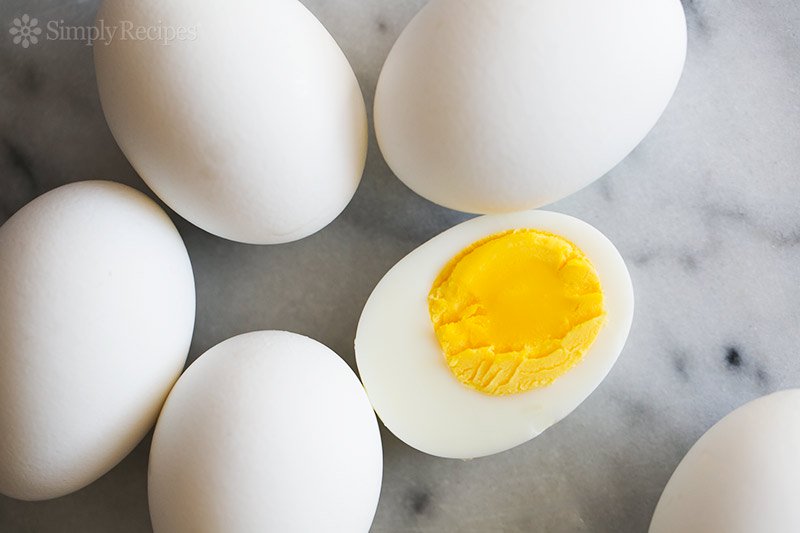
CLASSIC HARD Boiled EGGS on the Stovetop
This is the old-fashioned straight up way of hard-boiling eggs. Water and heat—that’s all you need. And a kitchen timer. Just cover the eggs with water, bring to a boil, then remove from heat and let the eggs sit for about ten minutes.
We have found that eggs cooked this way usually peel easily, especially if you’re using older or commercial eggs, but sometimes the whites can stick to the shells. This is the best method if you want to make Easter eggs, egg salad, or any other recipe where it’s ok if some of the eggs don’t peel perfectly.
STEAMED HARD BOILED EGGS
If you are using farm fresh eggs, take heed. It can often be difficult to peel them after hard boiling them in the traditional manner.
Instead, we recommend steaming fresh eggs instead of boiling, which we’ve found helps them peel much more easily. To do this, place the eggs in a steamer basket in a pan with about an inch of water, then steam for about ten minutes.
You can then use these eggs in any way you like — those peels will come off easily! They’re great if you plan to make deviled eggs or pickled eggs, when appearance is important, or to serve with salads, like Nicoise salad.
HARD BOILED EGGS in the Pressure Cooker
We’ve found that no matter what kind of egg—brown, white, fresh, old, commercially-produced, or locally-sourced—the pressure cooker method delivers. You can cook a dozen eggs at once (more if you have a second steaming rack), the timing is consistent from batch to batch, and the eggs are always easy to peel. Always.
The only downside is that sometimes a few of the eggs develop cracks in the shells. The egg itself inside the shell is still perfect, but that makes this method less ideal for making Easter eggs.
Use this method if you need to hard-boil a lot of eggs at once and need them to peel easily, like making deviled eggs or egg salad sandwiches for a party.
Updated April 18, 2019 : We made a few tweaks to this post to make it easier for you to find the information you need!
Products We Love
This post may contain links to Amazon or other partners; your purchases via these links can benefit Simply Recipes. Read more about our affiliate linking policy.


